Apple is gearing up for the release of its second-generation mixed reality (MR) headset, the Apple Vision Pro 2, following the launch of the Apple Vision Pro. As Apple continues to push the boundaries of augmented reality (AR) and virtual reality (VR), expectations for the next model are soaring. While the company hasn’t officially confirmed its plans, recent reports and industry leaks provide valuable insights into the device’s potential features, release date, and market impact.
In this blog, we’ll cover:
- The current development status of the Vision Pro 2.
- Expected features and upgrades.
- Its possible release date and pricing.
- The market competition.
- How the device could influence the future of mixed reality.
1. Apple Vision Pro 2: Development Status
The Apple Vision Pro 2 is already making headlines, even though its predecessor, the Apple Vision Pro, was only recently released. According to multiple reports, Apple is actively working on both:
- A high-end successor with improved hardware.
- A more affordable variant aimed at a broader consumer base.
a) Slower Development Progress
Be that as it may, industry sources uncover that advancement is advancing at a slower pace than anticipated. Agreeing to Bloomberg, Apple shows up to be prioritizing refinements for the current Vision Pro some time recently completely committing to its successor. This recommends that Apple may be taking additional time to address beginning input and culminate the next-gen gadget.
b) Production and Supply Chain Challenges
The Vision Pro generation confronted delays due to complex equipment and supply chain imperatives, which may be influencing the Vision Professional 2’s timeline. Apple’s endeavors to streamline the fabricating prepare might result in a deferred dispatch.
2. Rumored Features and Upgrades
Whereas Apple has kept its Vision Pro 2 plans beneath wraps, different spills and industry specialists have implied at the overhauls we might see. These improvements are anticipated to refine the generally client involvement, making the headset more comfortable, effective, and commonsense.
a) Lighter and More Comfortable Design
The first-generation Vision Pro received some criticism for being bulky and heavy, making it uncomfortable for long-term use. The Vision Pro 2 is rumored to feature:
- Lighter materials such as carbon fiber or magnesium to reduce weight.
- Improved ergonomics for better fit and comfort.
- A thinner profile without compromising durability.
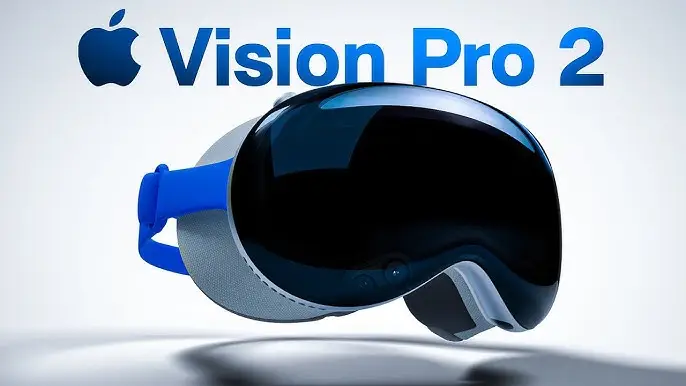
b) Enhanced Display Technology
Apple is known for its high-quality displays, and the Vision Pro 2 is expected to raise the bar further:
- Micro-OLED technology with higher resolution for sharper visuals.
- Wider Field of View (FoV), potentially exceeding 120 degrees.
- HDR support for more vibrant colors and contrast.
These improvements could offer a more immersive visual experience, making both AR and VR content more realistic and lifelike.
c) Upgraded Battery Life and Performance
Battery life was one of the main criticisms of the first-gen Vision Pro, which only offered 2–3 hours of usage. With the Vision Pro 2, Apple is expected to:
- Optimize power efficiency, possibly extending battery life by 30–50%.
- Introduce a more powerful M3 or M4 chip, boosting graphics performance and processing speed.
Enhanced battery performance will be crucial for productivity users, enabling longer sessions without frequent recharging.
d) Advanced Spatial Audio and Haptics
Apple’s spatial audio technology is already industry-leading, but the Vision Pro 2 is rumored to take it even further:
- 3D audio capabilities with improved directional precision.
- Haptic feedback integration for more immersive experiences, particularly in gaming and interactive content.
These upgrades could make virtual meetings, games, and AR applications feel more realistic.
e) Expanded App Ecosystem
The first-gen Vision Pro struggled with a limited app ecosystem at launch. For the Vision Pro 2, Apple is expected to:
- Expand Apple Arcade’s library to include more MR-optimized games.
- Introduce productivity apps designed for mixed reality workspaces.
- Enhance FaceTime experiences with realistic avatars and improved gesture tracking.
3. Release Date and Pricing
While Apple has yet to officially announce the Vision Pro 2, multiple leaks suggest that the device could arrive between:
- Late 2025 and early 2026 – According to Bloomberg and PCMag, Apple may delay the launch to perfect the device.
- However, some analysts predict a two-year release cycle, meaning the device could be released in 2027.
Pricing Speculation
The first-generation Vision Pro launched at $3,499, making it a luxury item. The Vision Pro 2 is expected to:
- Retain a premium price between $3,000 – $3,500.
- Apple may introduce a more affordable variant priced between $1,500 – $2,000, making it accessible to a larger audience.

4. Market Impact and Competitors
The Apple Vision Pro 2 is expected to reshape the MR landscape with its advanced features and Apple’s ecosystem integration. However, it will face growing competition from several tech giants.
a) Meta’s Quest Line
Meta is actively developing its Meta Quest 4, expected to launch in late 2025. With a lower price point and a focus on gaming, Meta could attract mainstream consumers, making it a direct rival to Apple’s headset.
b) Samsung XR
Samsung is working on its XR headset, powered by Qualcomm’s Snapdragon XR2 Gen 2 chip, with advanced eye-tracking and improved haptics. Samsung’s collaboration with Google and Qualcomm could result in a powerful competitor.

c) Google’s Project Iris
Google is developing Project Iris, its secretive AR headset. Though details are scarce, it’s expected to directly compete with the Vision Pro series, potentially offering cloud-based rendering for lightweight AR performance.
5. How Apple Vision Pro 2 Could Shape the Future of MR
The Vision Pro 2 is expected to introduce several features that could redefine mixed reality experiences:
- Workplace Transformation: The device could revolutionize remote work, offering realistic virtual collaboration spaces and productivity apps.
- Entertainment Evolution: Apple’s MR headset will likely push immersive gaming and spatial video experiences, making content consumption more engaging.
- Healthcare and Education: The Vision Pro 2 could be used in medical training, virtual surgeries, and interactive learning, unlocking new possibilities.
6. Conclusion – What to Expect Moving Forward
The Apple Vision Pro 2 is shaping up to be a game-changer in the MR space, offering enhanced visual fidelity, performance, and comfort. With a potential launch in 2025 or 2026, it could significantly influence the future of mixed reality and challenge its competitors.

Key Takeaways:
- Release Window: Likely between late 2025 and early 2026.
- Price: $3,000 – $3,500 for the premium model, with a more affordable variant possible.
- Upgrades: Lighter design, better battery life, wider field of view, and improved app support.
- Competitors: Meta, Samsung, and Google are actively developing rival products.
The Vision Pro 2 is more than just a headset—it’s a glimpse into the future of immersive technology. As Apple continues to refine its MR strategy, it’s only a matter of time before we witness the next evolution of spatial computing.
Realistic Image Concept
Imagine a futuristic mixed reality headset with a sleek, lightweight design, displayed in a modern tech showroom. The device features a seamless display with holographic projections of apps and games, highlighting its immersive capabilities.
Enjoyed this blog? Share your thoughts below! For more exciting tech insights, explore our related blogs.
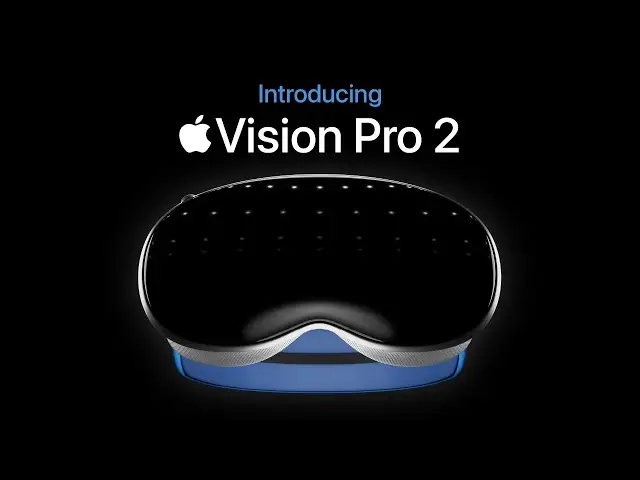
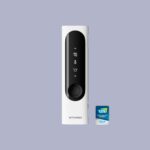
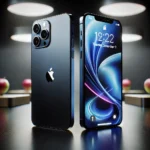
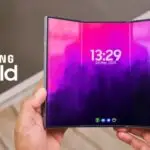
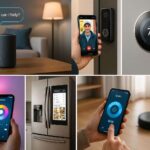

No responses yet